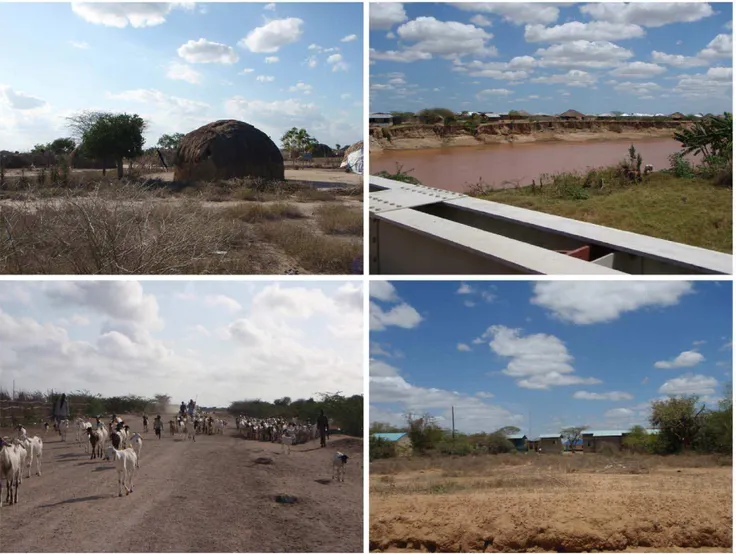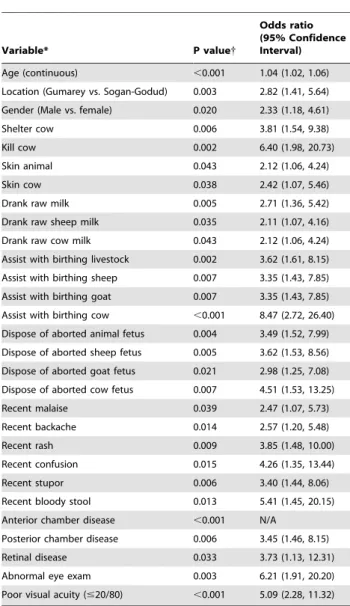Postepidemic analysis of Rift Valley fever virus transmission in northeastern kenya: a village cohort study.
Texto
Imagem



Documentos relacionados
The aim of this study was to determine the frequency of alloimmunisation, to identify involved alloantibodies, to establish risk factors and to quantify the alloimmunisation risk
The objectives of this study were to estimate the risk of vertical HIV transmission and assess the associated factors and missed opportuni- ties for prevention in a cohort of
Role of Culex and Anopheles mosquito species as potential vectors of rift valley fever virus in Sudan outbreak, 2007.. Easterday B, McGavran M, Rooney J,
The objective of this study was to identify tuberculosis risk factors and possible surrogate markers among human immunodeficiency virus (HIV)-infected persons.. A
We compared the divergence times of both species for samples from Kenya and Senegal (using the COI dataset of Ae. ochraceus and 22 Ae. mcintoshi sequences representative of the
To develop a safe and immunogenic RVF vaccine, we have generated a novel, single-cycle replicable MP-12 (scMP-12), which does not cause systemic infection in immunized hosts,
The aims of this study were to determine the seroprevalence of Toxoplasma gondii and associated environmental risk factors in schizophrenia patients and
In a serological study conducted in 2007 in five districts of Zambe´zia Province, Mozambique, of a total of 654 small ruminants sampled (277 sheep and 377 goats), 35.8% of sheep